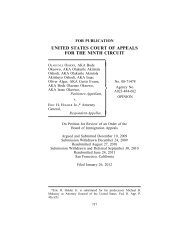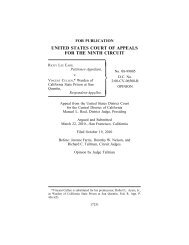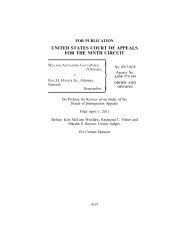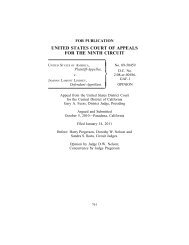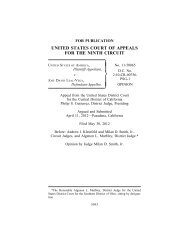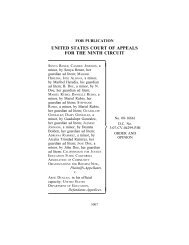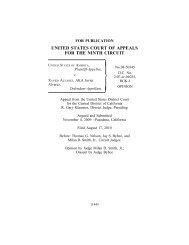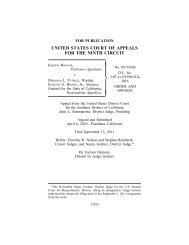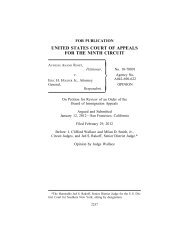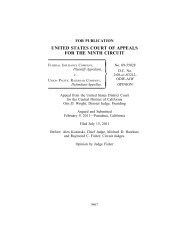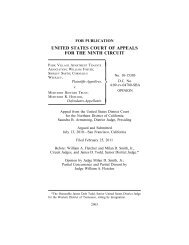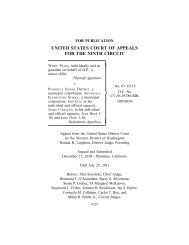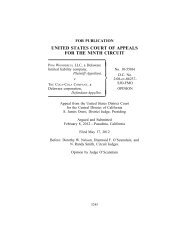n.b. v. hellgate elementary - Ninth Circuit Court of Appeals
n.b. v. hellgate elementary - Ninth Circuit Court of Appeals
n.b. v. hellgate elementary - Ninth Circuit Court of Appeals
Create successful ePaper yourself
Turn your PDF publications into a flip-book with our unique Google optimized e-Paper software.
12176 N.B. v. HELLGATE ELEMENTARY<br />
The Individualized Education Program is reasonably<br />
calculated to enable the child to receive educational<br />
benefit if it provides only some educational<br />
benefit. [Rowley, 458 U.S. at 200]. These rules provide<br />
for a very low standard, setting a “floor <strong>of</strong><br />
opportunity. . .” This <strong>Court</strong> need only find that C.B.<br />
advanced slightly to find that the program was reasonably<br />
calculated to enable him to receive a benefit.<br />
Id.<br />
In a different part <strong>of</strong> the order, the district court articulated the<br />
“meaningful benefit” standard, stating: “The school’s<br />
approach may be ‘reasonably calculated to confer meaningful<br />
educational benefits,’ even though it may be different from<br />
the parents’ approach.” The district court also stated: “Hellgate<br />
personnel all agreed that the September 22 interim [IEP],<br />
using Sparta goals and objectives as a guide, provided meaningful<br />
benefit.” Though the district court articulated two different<br />
FAPE standards, any error made in describing the test<br />
is harmless because it did not err in its determination that<br />
ESY services were not required.<br />
CONCLUSION<br />
We vacate and remand that portion <strong>of</strong> the district court’s<br />
order that Hellgate fulfilled its procedural requirements under<br />
the IDEA in developing the IEPs for the 2003-04 school year.<br />
Upon remand, the district court is instructed to calculate the<br />
costs incurred by C.B.’s parents for the 2003-04 school year<br />
in providing alternative educational services, and their legal<br />
prescribed by Rowley. This represented a significant shift in the focus<br />
from the disability education system prior to 1997. The primary purpose<br />
<strong>of</strong> the EHA [the predecessor to the IDEA] was to provide “access” to education<br />
for disabled students. Id. at 179, 192 (noting that “the intent <strong>of</strong> the<br />
Act was more to open the door <strong>of</strong> public education to handicapped children<br />
on appropriate terms than to guarantee any particular level <strong>of</strong> education<br />
once inside”).



